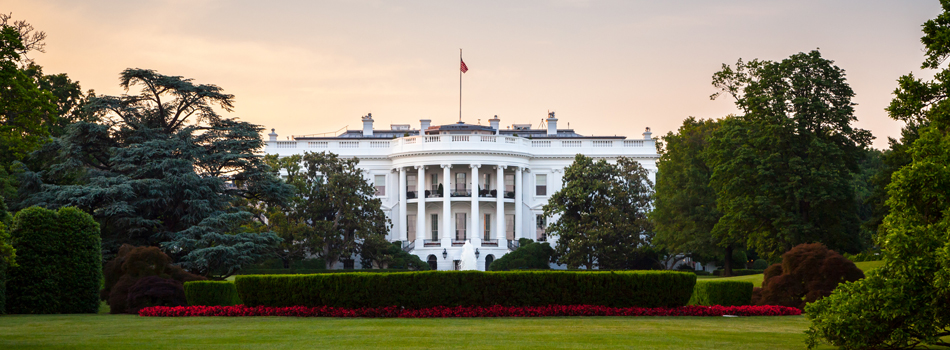The upcoming presidential election is seen as one of the most important in generations, in that it not only dictates the future direction of the US for decades, but potentially the very nature of the country’s democracy going forwards. Due to this, and the strength of emotions on either side of Donald Trump, there is estimated to be a record turnout at this election.
But the US has long had a history of low voter turnout. In a recent analysis of OECD countries, the US placed 26th out of 32 countries for levels of voting. And that means that even with a record turnout the forecast is still only for a potential 65% of people to vote. Even with a potentially history-defining election around 85 million people won’t vote. So what can be done to grow participation in the election and the level of voter turnout? Behavioural science offers some interesting insights into how this could be achieved.
Social norms
One of the most important considerations the Trump and Biden campaigns should note is social norms. Social norms are what people perceive to be acceptable and unacceptable behaviours. We often underestimate how much of an impact they have on our actions and how much we adapt our behaviour to fit them.
In 2004, Robert Cialdini ran an experiment to test what messaging would encourage people to conserve more energy. He tested a range of messages on residents in San Diego; firstly that residents should conserve energy to help future generations, secondly to save money and lastly, that others in the neighbourhood had already started reducing their energy use. The only message of the three that had a positive impact was the final message, proving that people don’t change behaviour based on rational persuasion, but to conform to those around them.
The Obama campaign applied this insight in 2008, announcing that there would be a record turnout at the election. They did this because they knew that people would follow what they perceived everyone else was doing and vote.
People also respond to negative social norms. If they perceive others aren’t voting then they will not turn up themselves, especially if they already feel a low sense of civic duty. It is therefore important that both campaigns try to mitigate news stories about low turnout with potential supporters.
The final consideration with social norms is that they are often more powerful when they are localised or come out of someone’s social group. Campaigns should therefore send report cards showing the levels of voting in someone’s area. And it is why social media companies can be powerful by enabling people to show they have voted to their network of friends. Any tool or messaging that can capture and display how many people in someone’s circle have voted already, or plan to vote, will be powerful at increasing voter turnout.
Commitment bias
Many people plan to vote but fail on the day. This is due to a combination of reasons such as optimism bias, procrastination and time inconsistency. We are generally much worse forward planners than we think.
One way to overcome this is to encourage people to make a plan for how they are going to vote*. This can be done by door knocking, calls or broadcast campaigns (in the press or advertising). This increases voting partly because it helps overcome barriers on the day, from lack of time to forgetting ID.
This approach works because of commitment bias. The act of saying what we will makes us feel an urge to stick to it so that we are consistent with our own self-view. By saying we will vote and making a plan to do it we are more likely to follow through. Interestingly, this bias also means it is useful to remind people they have voted in the past, so that they feel a need to be consistent with their past behaviour.
Behavioural science is not a panacea to voting. Particularly in the US, it can only work alongside other key strands of activity – for example improving postal voting during the pandemic – but alongside these key elements it can add an extra layer of insight and can help the Trump and Biden campaigns increase levels of voting. Often at limited cost.
This was written by Will Hanmer-Lloyd and originally published in The New European.






